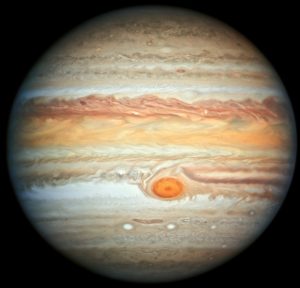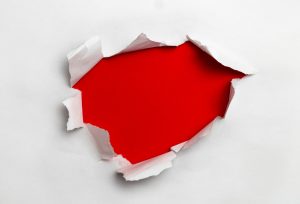
30 interesting facts about Black Hole
- 👁️ 383
Black holes are regions of spacetime where gravity is so strong that not even light can escape their pull. Formed from the remnants of massive stars after they exhaust their nuclear fuel and collapse, black holes are among the most mysterious and fascinating objects in the universe. Despite being invisible to direct observation, they can be detected through their interaction with nearby matter and the strong gravitational effects they exert. The study of black holes has led to groundbreaking discoveries in astrophysics and has deepened our understanding of the fundamental nature of space, time, and matter.
Fascinating facts about Black Holes:
- The term “black hole” was coined by physicist John Archibald Wheeler in 1967.
- Black holes can vary in size, with some being just a few times more massive than the Sun and others containing billions of times the Sun’s mass.
- The boundary around a black hole beyond which nothing can escape is known as the event horizon.
- Within the event horizon, the escape velocity exceeds the speed of light.
- Black holes are not “vacuums” that suck everything in; objects must come close enough to be affected by their gravity.
- Black holes can grow by accreting matter, including gas, dust, and other celestial objects.
- There are different types of black holes, including stellar black holes, intermediate black holes, and supermassive black holes.
- Supermassive black holes are commonly found at the centres of galaxies, including the Milky Way.
- The nearest known black hole to Earth is located about 1,000 light-years away.
- Stephen Hawking predicted that black holes emit a type of radiation known as Hawking radiation, leading to slow evaporation over time.
- The discovery of gravitational waves by LIGO in 2015 provided evidence of black hole mergers.
- When two black holes merge, they can release an enormous amount of energy in the form of gravitational waves.
- The first-ever image of a black hole was captured by the Event Horizon Telescope (EHT) in 2019.
- Black holes can have magnetic fields, influencing the matter around them.
- The theory of general relativity, developed by Albert Einstein, predicts the existence of black holes.
- The information paradox is a puzzling aspect of black hole physics, concerning the fate of information that falls into a black hole.
- Black holes can have a singularity at their core, a point of infinite density.
- The concept of wormholes, which are theoretical passages through spacetime, is related to black holes but remains speculative.
- The gravitational force near a black hole can cause gravitational lensing, bending the light from background objects.
- Black holes may influence the formation and evolution of galaxies and star clusters.
- Scientists classify black holes by their mass, spin, and charge, though most are expected to have zero charge.
- The study of black holes has led to important insights into the nature of gravity, quantum mechanics, and thermodynamics.
- Black holes do not emit light, but their presence can be detected through X-rays and other emissions from nearby accreting matter.
- Accretion disks around black holes can emit intense radiation, making them observable with telescopes.
- Miniature or primordial black holes, formed in the early universe, are a theoretical possibility but have not yet been observed.
- Some theories propose that black holes could be portals to other universes, though this idea remains highly speculative.
- There are likely millions of black holes in the Milky Way galaxy alone.
- The physics of black holes is linked to string theory and is a key area of research in theoretical physics.
- Black holes challenge the boundaries of our understanding and have inspired a wide range of scientific and fictional works.
- The presence of a supermassive black hole at the centre of a galaxy is often correlated with the galaxy’s total stellar mass.
Black holes have captivated the imagination of scientists, writers, and the general public alike, serving as a profound example of the universe’s complexity and beauty. From the incredible gravitational forces at play to the mysteries of the event horizon and singularity, black holes represent one of the most extreme and enigmatic phenomena in physics. As our technology and understanding advance, we continue to unveil new and unexpected aspects of these cosmic wonders, deepening our appreciation for the intricate tapestry of our universe. The study of black holes not only enhances our comprehension of the cosmos but also leads to questions and insights that touch on the very nature of reality itself.











